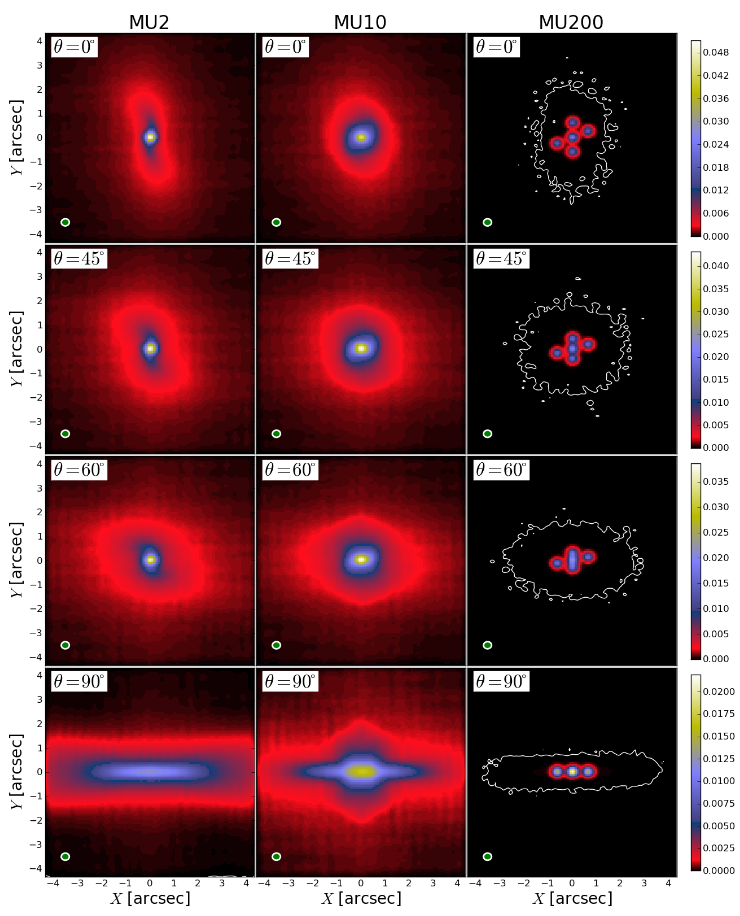RESEARCH ACTIVITIES
 There is an ALMA and ACA (ALMA Compact Array) simulator provided with the GILDAS software from IRAM. Up-to-date instrument configurations in the right format are provided below (thanks to Jérôme Pety and Ian Heywood).
There is an ALMA and ACA (ALMA Compact Array) simulator provided with the GILDAS software from IRAM. Up-to-date instrument configurations in the right format are provided below (thanks to Jérôme Pety and Ian Heywood).
 The CASA software from NRAO is the intended suite for operating ALMA. It also features an instrument simulator.
The CASA software from NRAO is the intended suite for operating ALMA. It also features an instrument simulator.
 As part of my PhD, I wrote a very crude simulator in IDL. Contact me if you wish a copy.
As part of my PhD, I wrote a very crude simulator in IDL. Contact me if you wish a copy.

